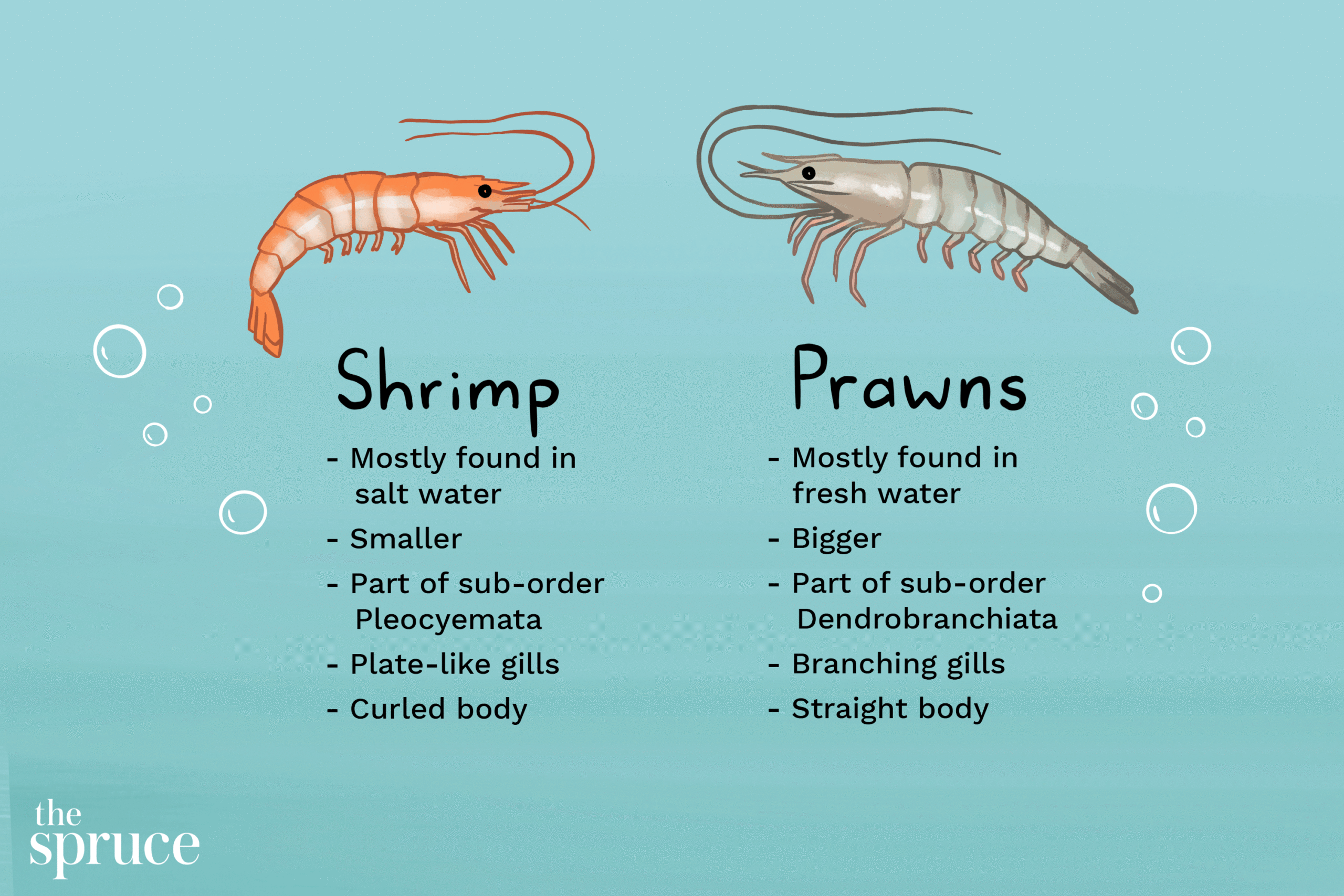First and foremost, wine is an alcoholic beverage made from fermented grapes. Yeast converts the sugar in grapes to alcohol and carbon dioxide while releasing heat and carbon dioxide. Styles and flavors of wine vary significantly depending on the grapes used and the yeast strains used. Read on to discover the many different types of wine and what makes them special. After reading this article, you’ll know what to look for when shopping for wine.

The Nature of fermentation
The microorganisms that cause wine fermentations are heterogeneous. The most abundant phyla included Proteobacteria and Ascomycota. The phylums also exhibited a strong correlation with each other, and fungal communities were more diverse than prokaryotic ones. Nevertheless, there are still a number of differences between SF and EF. In this article, we will examine the differences between the two types of wine fermentations.
First, a general overview of how the process occurs. During the first fermentation, the sugars in the grapes begin to convert to ethanol. The result of this process is a wine that appears like it is boiling. This first fermentation contributes to its bouquet and aroma, as well as its body and smoothness. Second-stage fermentation occurs after the first, and is more common in red wine. It adds complexity to the fermentative flavors and aromas.
Alcohol content
Wine’s alcohol content varies based on several factors. The region of origin, soil type, process of fermentation, and climate are all factors. The longer the wine ferments, the more sugar is converted to alcohol. American Northwest red blends tend to be higher in alcohol than French wines. Because of these differences in winemaking, the alcohol content may be higher or lower than what is indicated on the label. The alcohol content of a particular wine is a key factor when choosing a bottle to enjoy.
A good rule of thumb when selecting a wine is to choose one with a low alcohol content. This will help you avoid hangovers. A light-bodied wine will do the trick. Also, a lighter alcohol content will be easier on the liver, so it is better to stick to small portions. If you are not sure, watch for signs of hangover, such as nausea, heartburn, or incoming headaches. Drink a full glass of water with every glass of wine, and eat a small meal as a meal to help you feel more normal
Tasting characteristics
To make the most of your wine tasting experience, here are a few things to consider. First, try to remember that your environment plays a big role in your wine tasting experience. Avoid crowded rooms and odors, as these can interfere with the aromas of the wine. Use the right glass shape. You can also use the rinsing method to remove musty odor and condition the glass. In addition, be aware of the temperature of the wine.
The balance of flavors is one of the most important features of a great wine. Good wine always has a balance between the various components in its bouquet and flavor. Each component should be well integrated into the wine’s aromatic profile, coalescing into an overall harmonious whole. Otherwise, the components of the wine will be diluted. The opposite is true for a wine with too much acidity or tannins. It’s also not balanced if it is too acidic or too bitter.
Varietals
There are many variations in the flavour of wines. Even varietals made from the same grape do not always taste the same. The amount of grape used, growing conditions, and winemaking methods all influence the flavour of a particular wine. Typically, wines that exhibit distinct characteristics of their grape are called varietally true. Listed below are some examples of common grape varieties. If you are looking for a specific variety, you should check the label for information on its composition and regional use.
One of the most confusing parts of wine labelling is the language used. The term ‘varietal’ is commonly used, but understanding what it means can be tricky. Here are some helpful facts to help you determine the origin of your wine. In short, varietal means grape variety, and the term “varietal” can make wine tasting a little more complex. In addition to defining what a varietal is, you’ll also learn about the different varieties and their history.
Origins
The origins of wine aren’t fully understood, but archeological findings point to an ancient ancestor of modern grapes. In the northern Zagros Mountains of Iran, wine remains have been found. Archeologists believe that these remains are the oldest winery in the world. These remains indicate that wine making began there shortly after 6000 B.C., when humans had already begun domesticating plants and animals. Archeologists also discovered that Egypt was not the first place to produce wine, but that they imported it from neighboring Armenia and other areas of Central Asia.
Initially, wine was produced from the seeds of grains and other plants. Spanish conquistadors brought wine to Latin America as a source of dietary staples for their Holy Catholic Eucharist. Later, many immigrants imported grapes from France, Germany, and Italy. In the 16th century, Mexico was the largest wine producer. However, when the Spanish king came to power, he banned the production of wine in Mexico. In response, Europeans brought the tradition of mass-produced wine to the United States.
Health benefits
Drinking wine regularly has many health benefits, and some of these are surprising. Wine contains polyphenols, a type of antioxidant, which fights inflammation. Antioxidants support the formation of healthy blood vessel walls. Polyphenols, or antioxidants, can also improve skin health. Overweight and obesity are common problems, and they are responsible for 2.8 million deaths annually. Drinking wine can help you lose unwanted pounds. In addition to its wholesome effects on our health, wine has numerous other advantages, and one of those benefits is better skin health.
A recent study published in the Lancet examined wine’s benefits. Researchers concluded that moderate consumption of wine benefits cardiovascular health and has positive effects on the kidneys. In addition, moderate wine consumption is believed to improve the digestive system. Wine also has other health benefits, but they don’t involve drinking it. Wine seed extracts can be used in various cosmetic treatments, including massages, soaks, and wraps. Grape seed extracts can also be applied to the skin for added benefits.
.


















 The Wellness System
The Wellness System